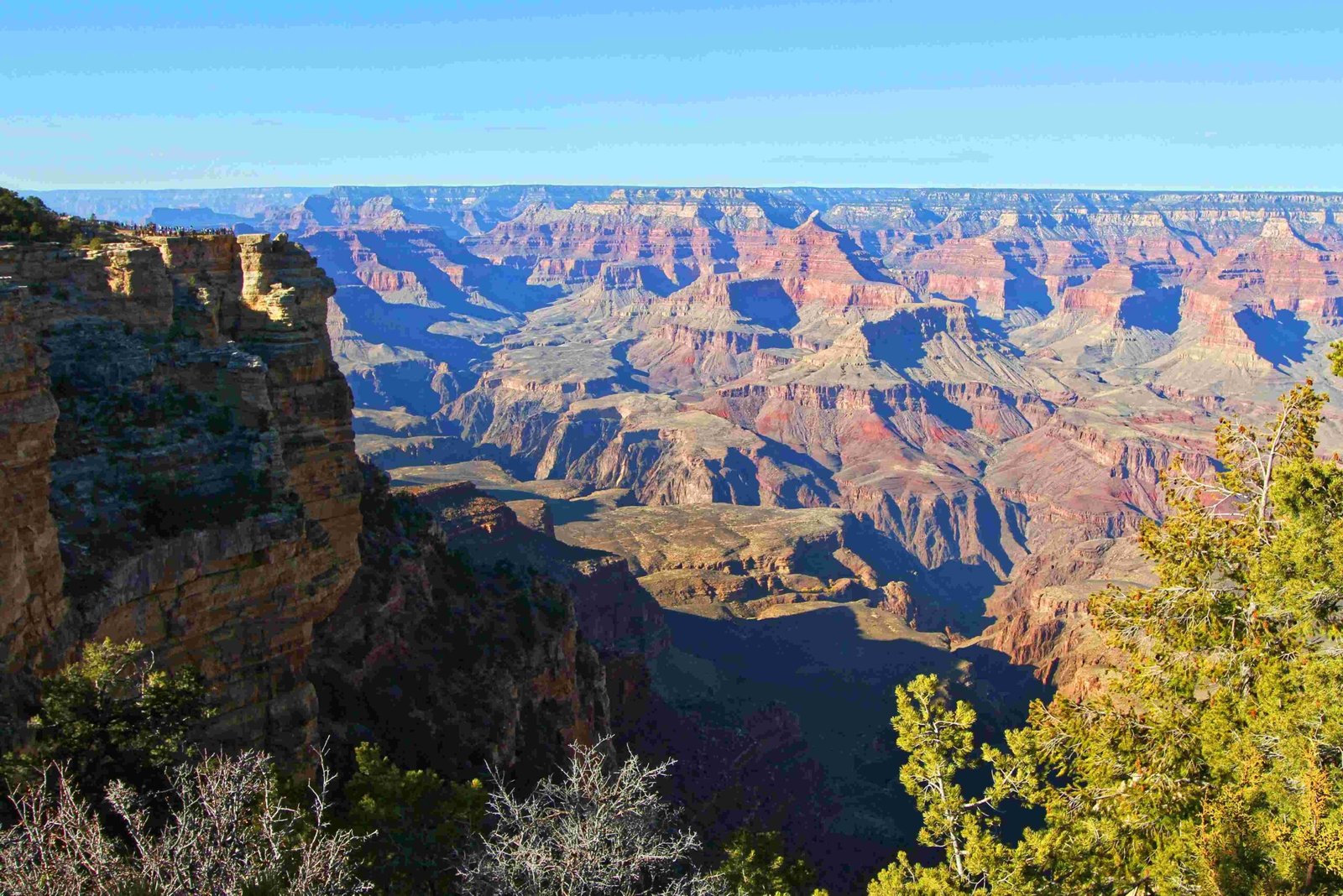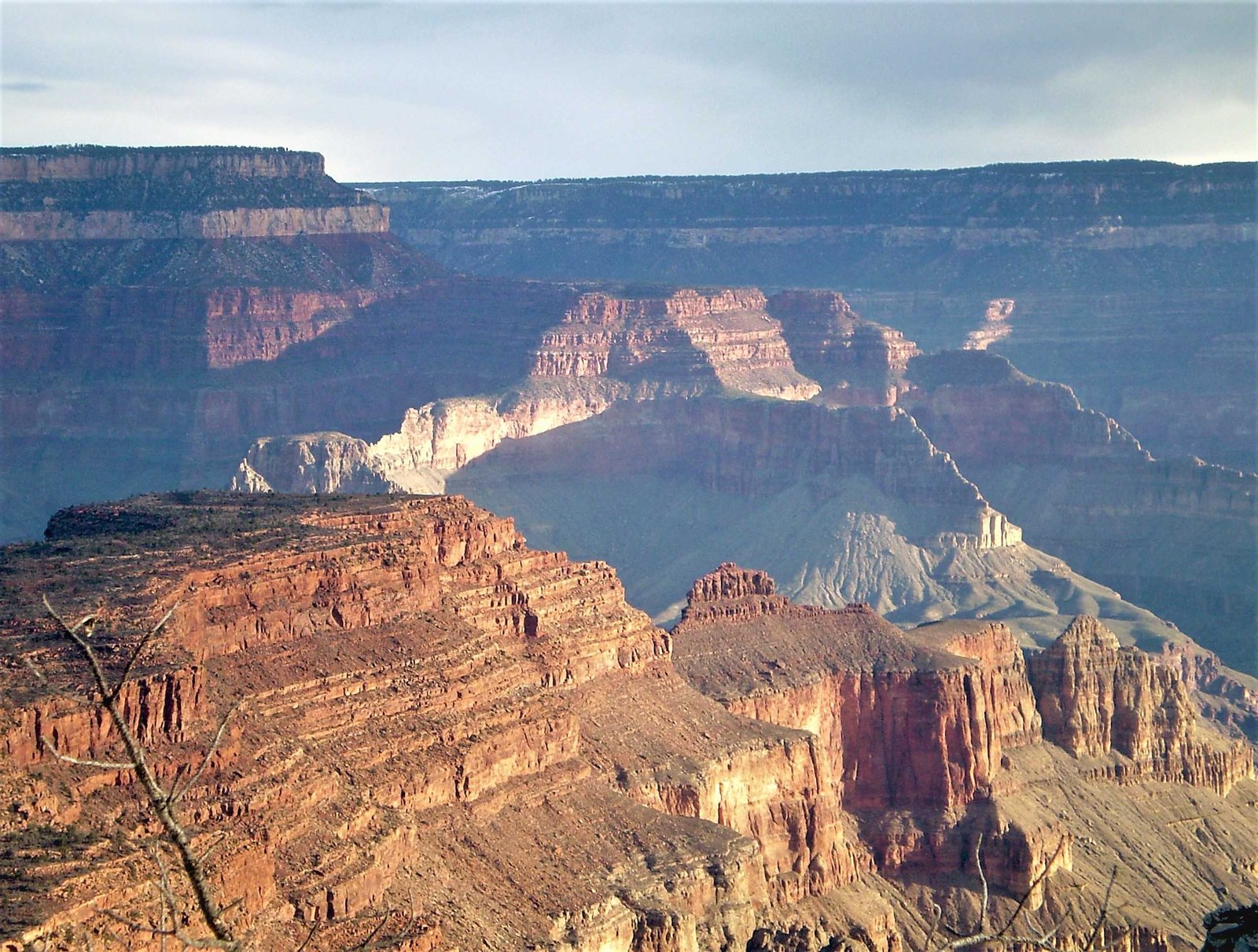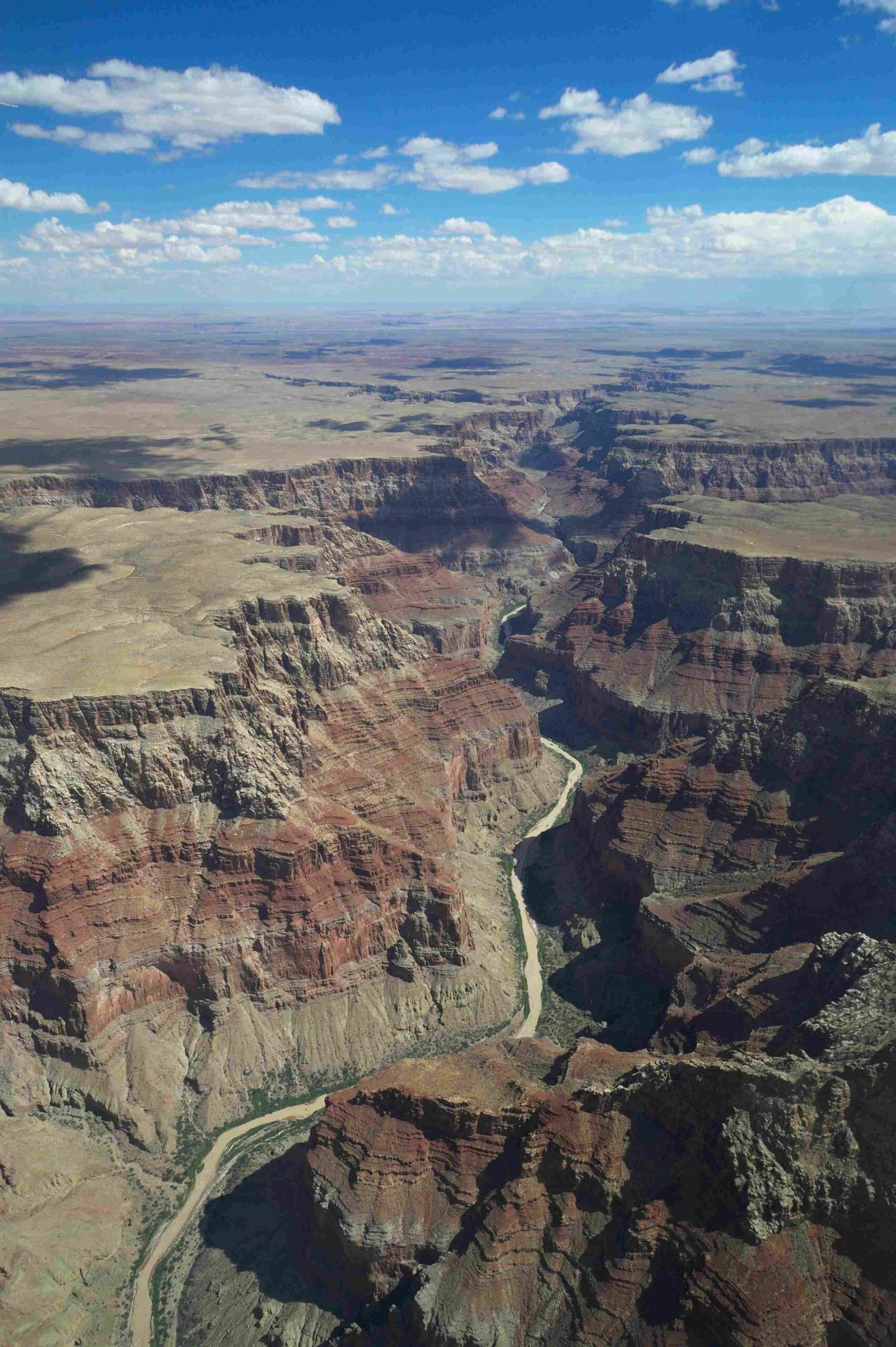The Grand Canyon represents a breathtaking geological time capsule, revealing nearly 1.84 billion years of Earth’s complex geological history. From ancient metamorphic basement rocks to sedimentary layers deposited across multiple geological eras, this natural wonder provides an unparalleled window into planetary transformation, showcasing rock formations that chronicle dramatic environmental changes and tectonic processes.
What Makes the Grand Canyon’s Geological Age Unique?

The Grand Canyon’s geological age is extraordinary because it exposes one of the most comprehensive and well-preserved rock sequences on our planet. This geological marvel offers scientists an unprecedented opportunity to study Earth’s geological evolution through multiple time periods.
How Old Are the Oldest Rocks in the Grand Canyon?
The oldest rocks in the Grand Canyon belong to the Vishnu Basement Rocks, specifically the Elves Chasm Gneiss, which dates back approximately 1.84 billion years. These ancient metamorphic rocks represent the foundational geological layer of this remarkable landscape.
| Rock Layer | Age | Composition | Significance |
|---|---|---|---|
| Elves Chasm Gneiss | 1.84 billion years | Metamorphic rocks | Oldest known rock layer |
| Vishnu Schist | 1.75 billion years | Metamorphic rocks | Early geological formation |
| Hakatai Shale | 1.2-740 million years | Mudstones, sandstones | Part of Grand Canyon Supergroup |
What Geological Periods Are Represented in the Grand Canyon?
The Grand Canyon’s rock layers represent multiple geological periods:
- Precambrian Era: 1.84-740 million years ago
- Vishnu Basement Rocks
- Grand Canyon Supergroup formations
- Paleozoic Era: 550-250 million years ago
- Tapeats Sandstone (508 million years)
- Bright Angel Shale (506 million years)
- Redwall Limestone (340-360 million years)
- Permian Period: 270 million years ago
- Kaibab Formation
How Did the Colorado River Contribute to Geological Exposure?
The Colorado River began carving the Grand Canyon approximately 5-6 million years ago, progressively exposing these ancient rock layers. Through continuous erosion, the river has created a natural geological cross-section that allows scientists to study billions of years of Earth’s history.
What Dating Methods Confirm the Grand Canyon’s Geological Age?
Geologists use advanced geochronological techniques to determine rock ages:
- Uranium-Lead Dating
- Measures decay of uranium isotopes to lead isotopes
- Provides accuracy within one million years
-
Uses zircon crystals for precise measurements
-
Stratigraphic Analysis
- Examines rock layer sequences
- Determines relative ages of rock formations
- Helps understand geological deposition processes
What Environmental Conditions Shaped the Grand Canyon?
The Grand Canyon’s geological age reflects multiple environmental transformations:
- Shallow marine environments during sediment deposition
- Tectonic uplift around 70-30 million years ago
- Continuous erosion by water and wind
- Arid climate contributing to landscape preservation
Conclusion

The Grand Canyon’s geological age represents a remarkable 1.84-billion-year journey of geological transformation, offering an unparalleled glimpse into Earth’s complex geological history.

